Phil Curry took a trip to Switzerland to profile some of the upcoming models and find out how the industry is reacting to enforced change…
The Geneva International Motor Show (GIMS) is opening its doors for the 89thtime this year. This event is very different to the first running, and indeed, different to more recent runnings, taking place in a changing automotive landscape.
The automotive market, which has been growing steadily since the global recession of 2009, has come to a halt. Sales are fluctuating, caused by turbulent markets, unpredictable political situations and a campaign against diesel technology that has caused sale to drop drastically since 2015, the same time that Dieselgate broke and the eyes of the world focused on nitrogen oxides (NOx) emissions.
But against this backdrop of sales uncertainty comes further challenges. The European Union has targets for the average CO2 emissions from manufacturer sales in place. What is worse, the EU has set a 15% reduction on 2021 targets with a deadline of 2025, and a 37.5% reduction in place for 2030.
Suddenly, carmakers find themselves in a quandary. Years of reliance on diesel have come to an abrupt end, and with a looming deadline before potentially large financial penalties come into force, something needs to be done. The once seen ‘folly’ of electric vehicles (EVs), an expensive technology that may not yield many results, has now become the lifeboat for the industry.
Yet these expensive development programmes require money from somewhere. And it is the show budget coiffeurs that are emptying into the research and development pot.
The show
This is what GIMS faces in 2019. No extravagant and lavish displays, no showing off with car-catwalks and virtual reality driving tests, or stage presentations. Stands are more modest, even if the vehicles on them are not.
GIMS 2019 presents a further study on the future of mobility. Concept cars on display are mostly electric, and many more are also autonomous, another development curve the industry is being forced into as challenges from outside the market increase. They are all impressive and draw in the crowds who are then almost captive to look around the rest of the stand, where they can see what each manufacturer is doing to remain relevant in such a changing landscape.
Electric vehicles are the order of the day. While many have already been publicised and launched and are simply at the show to remind people of their presence, others are making their debut. Audi’s e-tron, Daimler’s EQC and Porsche’s Taycan have already seen the glow of show hall lighting, but Honda’s e prototype was simply a concept before, the Japanese company now displaying a ‘90% production ready’ version that remains largely true to the previous iteration. Peugeot is displaying its new 208 line-up with an EV included, and Polestar, spun-out of Volvo (who are not present as they prepare for their electrified-only future) has bought the Polestar 2 for its first public outing, days after its online launch.
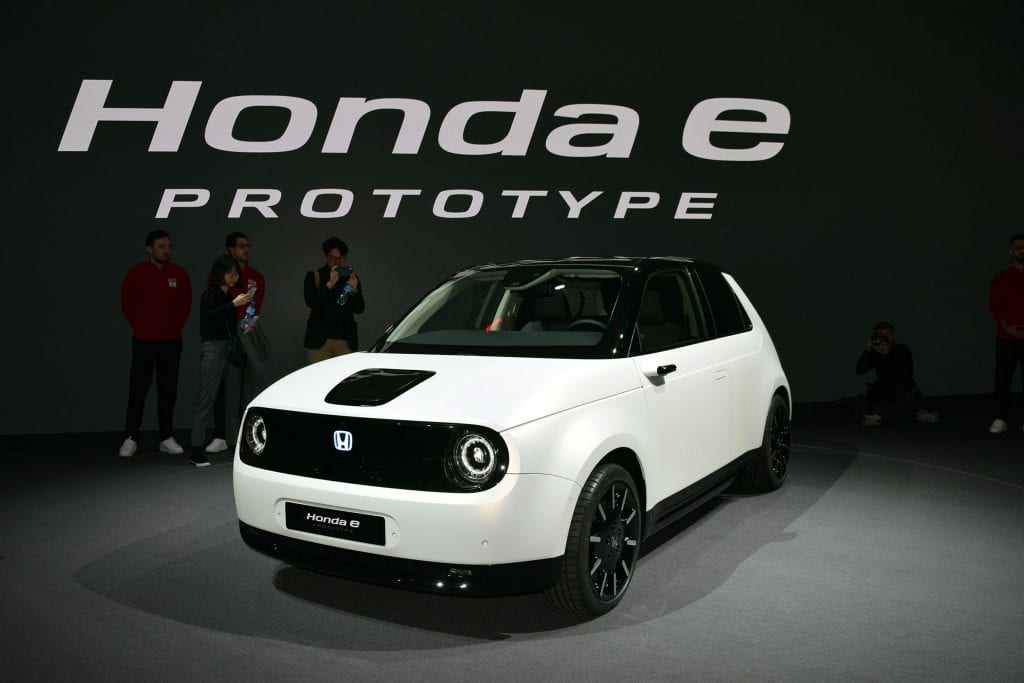
Honda launched its EV concept at Frankfurt in 2017and following a positive reception, stated that it would try and keep the ‘retro’ design (based on the original Civic) through to production. The e-prototype displayed at Geneva is ‘90% production ready’ and the Japanese company has kept its word, simply ensuring that the car will meet safety standards while remaining practical.
No major details were available for the vehicle, except that it will deliver a range of 200km, and will charge to 80% capacity in 30 minutes. While the driving distance might be shorter than more developed models, Honda was at pains to point out that this is a city car, and to increase the range would have needed a bigger platform.
The e-prototype features a bonnet-mounted charging point and rear-view cameras to improve aerodynamic efficiency, a feature that also explains the flush pop-out door handles. Inside, a next-generation dual screen horizontal display and connected infotainment system can be found in what is a minimalist design.
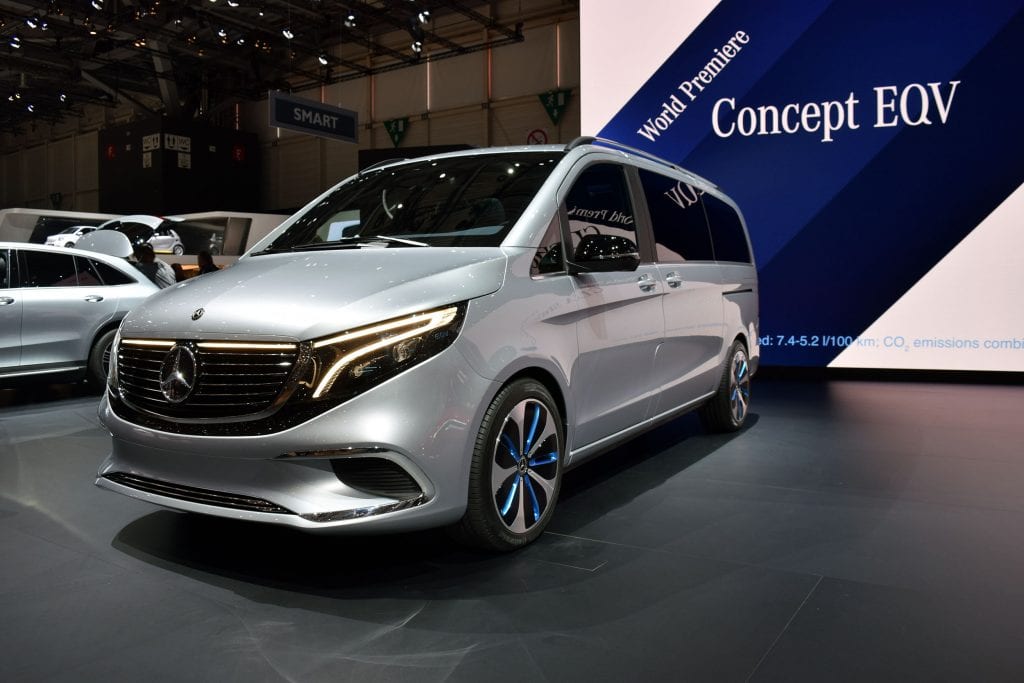
Mercedes-Benz brought five world premieres to Geneva. Its CLA shooting brake and facelifted GLC were placed centre stage alongside the EQV concept people mover.
The new version of the CLA, with its sloping estate roof, is described by the company as an ‘intelligent sports car with load space’ and is equipped with the latest safety features and digital technology to immerse the driver in the Mercedes-Benz User Experience.
The EQV looked rather understated considering its importance, the company billing it as the first electric vehicle people mover in the premium segment. Displayed was a close-to-production concept with a range of 400km and the ability to charge to 100km of range in just 15 minutes. Inside, the luxury interior can be converted from six to eight seats, covering a range of uses for private and fleet buyers. Daimler said a production-ready version would be displayed at the IAA Frankfurt in September.
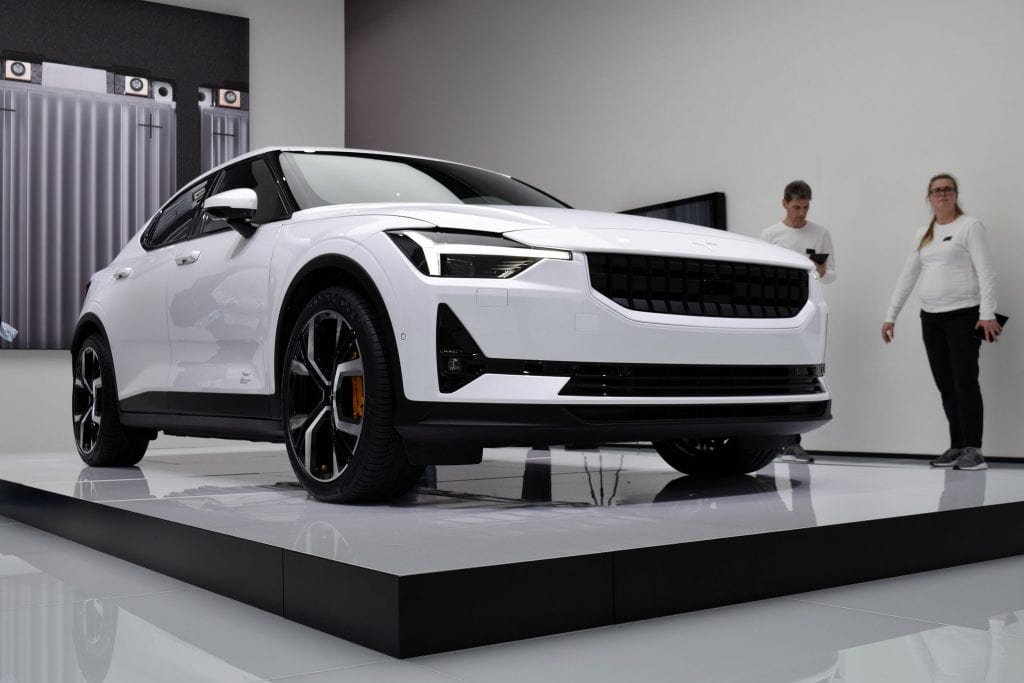
Polestar rocked up to Geneva with the Polestar 2, which the company had launched online just days beforehand. The car features two electric motors, one on each axle, producing a total of 300kw with 660Nm torque. According to WLTP figures, the car will feature a 500km range, and achieve 0-100kmh in 4.7 seconds. The five-door fastback will be available from €39,000 placing it in competition with the Tesla Model 3.
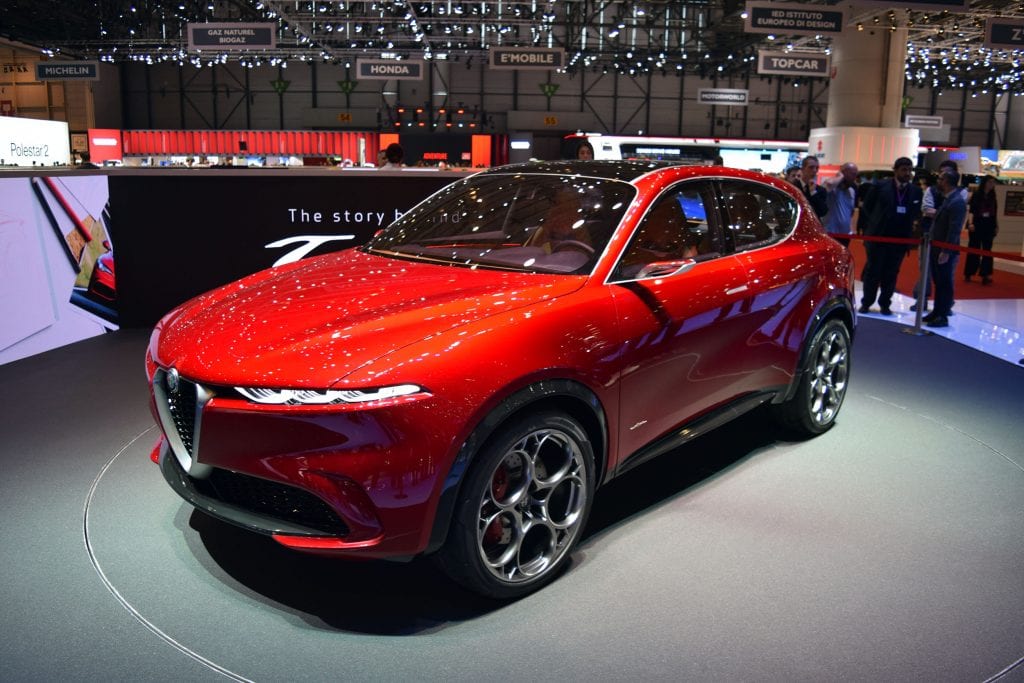
Alfa Romeo launched a surprise on the unsuspecting press in Switzerland. The Italian manufacturer pulled the covers back on its first step into the world of electrification with the Tonale, an SUV concept that makes use of a plug-in hybrid (PHEV) powertrain. Taking centre stage around various iterations of Giulia and Stelvio models, and with last year’s Sauber F1 car painted in the 2019 livery, as the team now competes as Alfa Romeo Racing, the Tonale attracted attention throughout the day.
No details were given on performance, the type and power of the hybrid motor, but in typical Italian form much was said about the design of the car. The rear lights are reminiscent of a signature, the roof leading off into a ‘floating’ wing and the front end feeling like it wraps around the distinctive Alfa grill. Inside sees a 12.3-inch full digital cluster and a 10.25-inch touchscreen central head unit melting into the coldness of exposed aluminium and the warmth of Alcantara. The car is a concept, but Alfa expect it to closely resemble the finished product, the company’s first venture into the mid-size utility vehicle market.
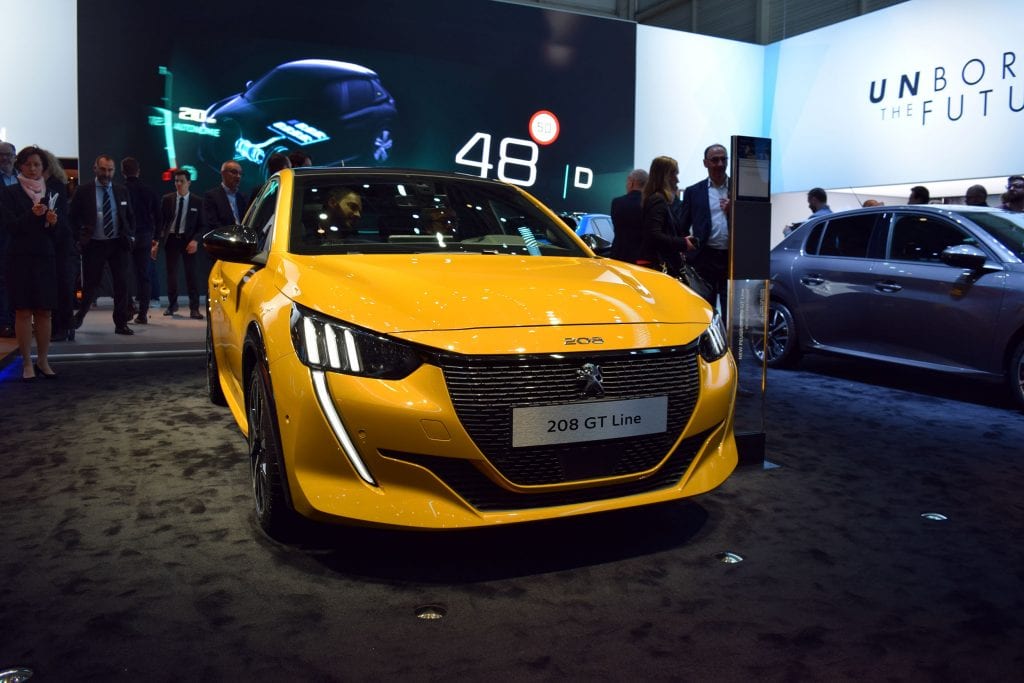
Peugeot’s stand was again dominated by its giant fibreglass lion, prowling across a vast swathe of its floor space and standing elegantly beside its new hybrid and electric models. As in Paris, much interest was taken by the e-Legend concept, with its retro looks and B-pillar-less doors swinging open into a minimalist cabin that takes the company’s i-Cockpit premise to a whole new level.
Yet alongside this standout centrepiece was the hybrid 508 Sport Engineered Concept. An evolution of the 508 Hybrid, Peugeot’s sporting division has sculpted the bodywork for a more aerodynamic pose, with its sharp front-end and side skirts working together to channel air flow effectively around the bodywork. This helps efficiency, allowing the 400bhp engine and 11.8kWh battery to power from 0-62mph in 4.3 seconds and achieve a top speed of 155mph.
Beside this lay the new 208, which will now feature a plug-on hybrid and full electric version when it goes on sale. The e-208, as the EV will be known, features a 50kWh battery positioned under the floor, allowing for a more spacious interior, and comes with a range of 211 miles from full charge. It offers three driving modes, Eco, Normal and Sport, catering for all potential customers. Peugeot will also offer petrol and diesel variants of the new 208.
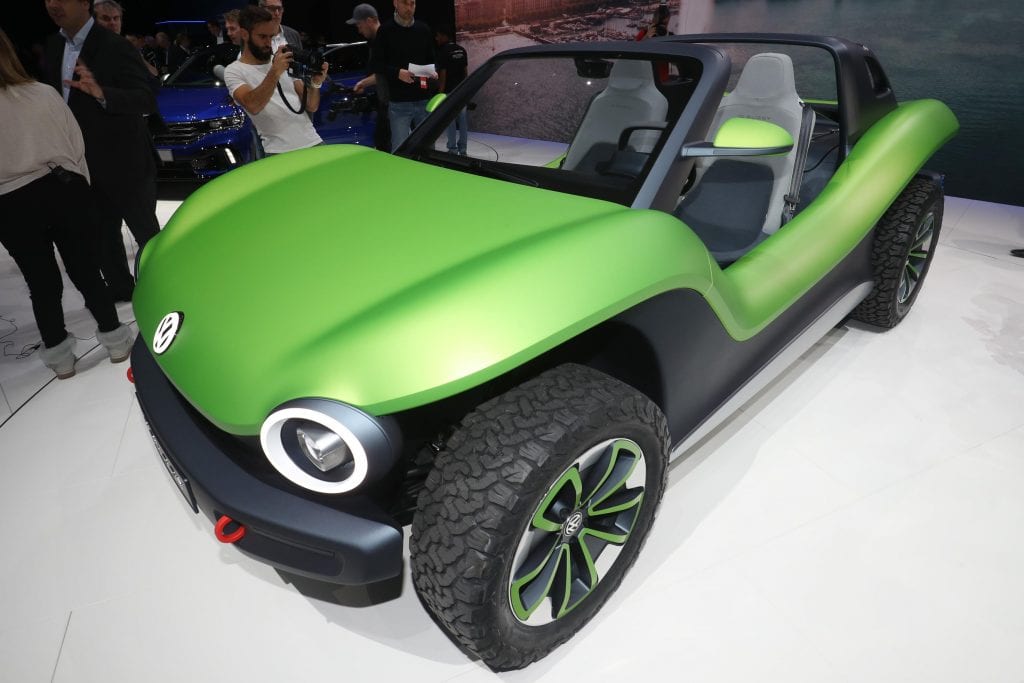
Volkswagen highlighted the versatility of its MEB electric vehicle platform with another ‘retro’ concept, the ID. Buggy. This is a purpose-built version of the classic beach buggy, originally modified from the original Volkswagen (or Beetle as it is affectionately known). The lithium ion rechargeable battery supplies a 150kW electric motor on the rear axle, while another motor is installed on the front to give the Buggy all-wheel drive.
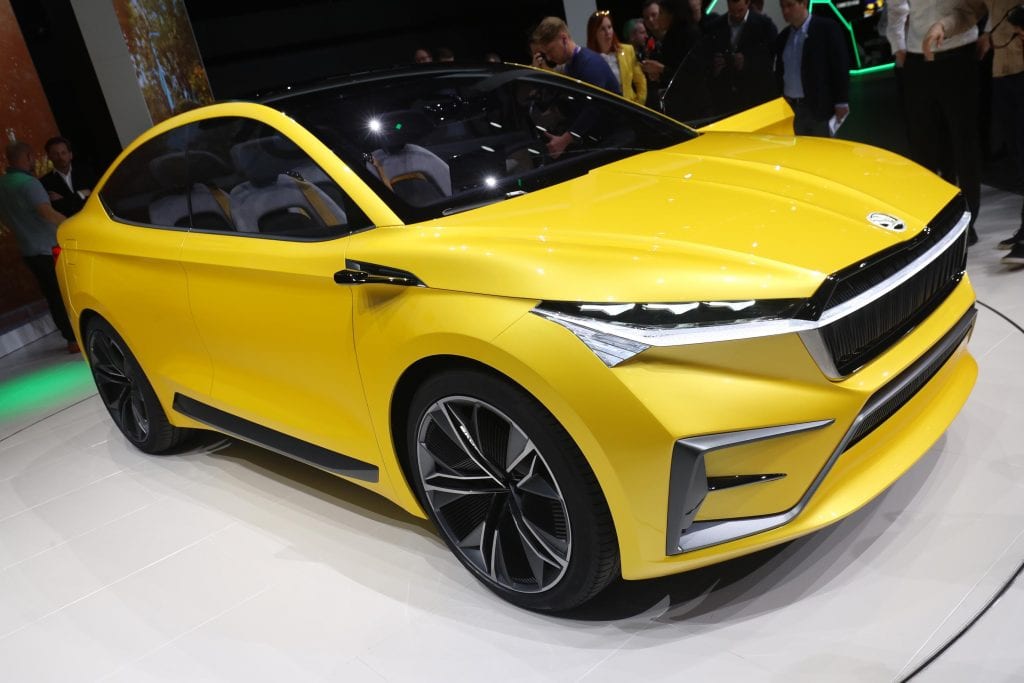
Skoda was also making use of the MEB platform with a range of electric vehicles. The most striking, maybe because of its visual style with its large grill intersected by a lighting stripe that runs to beneath the slit-like headlights, while entry to the cabin is aided by the lack of B-pillar, or maybe because of the bright yellow paintwork gleaming beneath the hall lights, was the Vision iV concept. The flat-pack lithium-ion battery installed in the vehicle’s underbody saves space and provides a range of up to 500 kilometres according to the WLTP cycle. Wing mirrors are replaced by cameras to aid aerodynamic efficiency, while moving further into the world of digitalisation, smartphones can be used as a digital key to open the vehicle.
There were also impressive concept vehicles from other manufacturers, including Fiat, Renault, Subaru BMW and more. The Geneva show takes place until 17 March and is a fascinating snapshot of how the industry at present is being reactive rather than proactive, for the first time in many years.

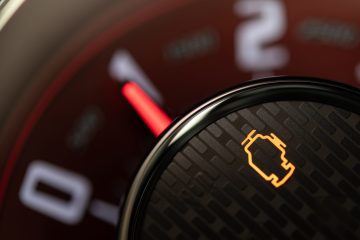

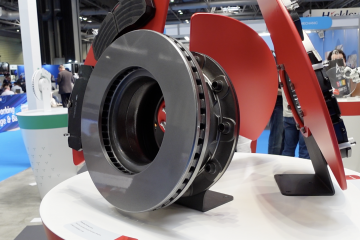
You must be logged in to post a comment.